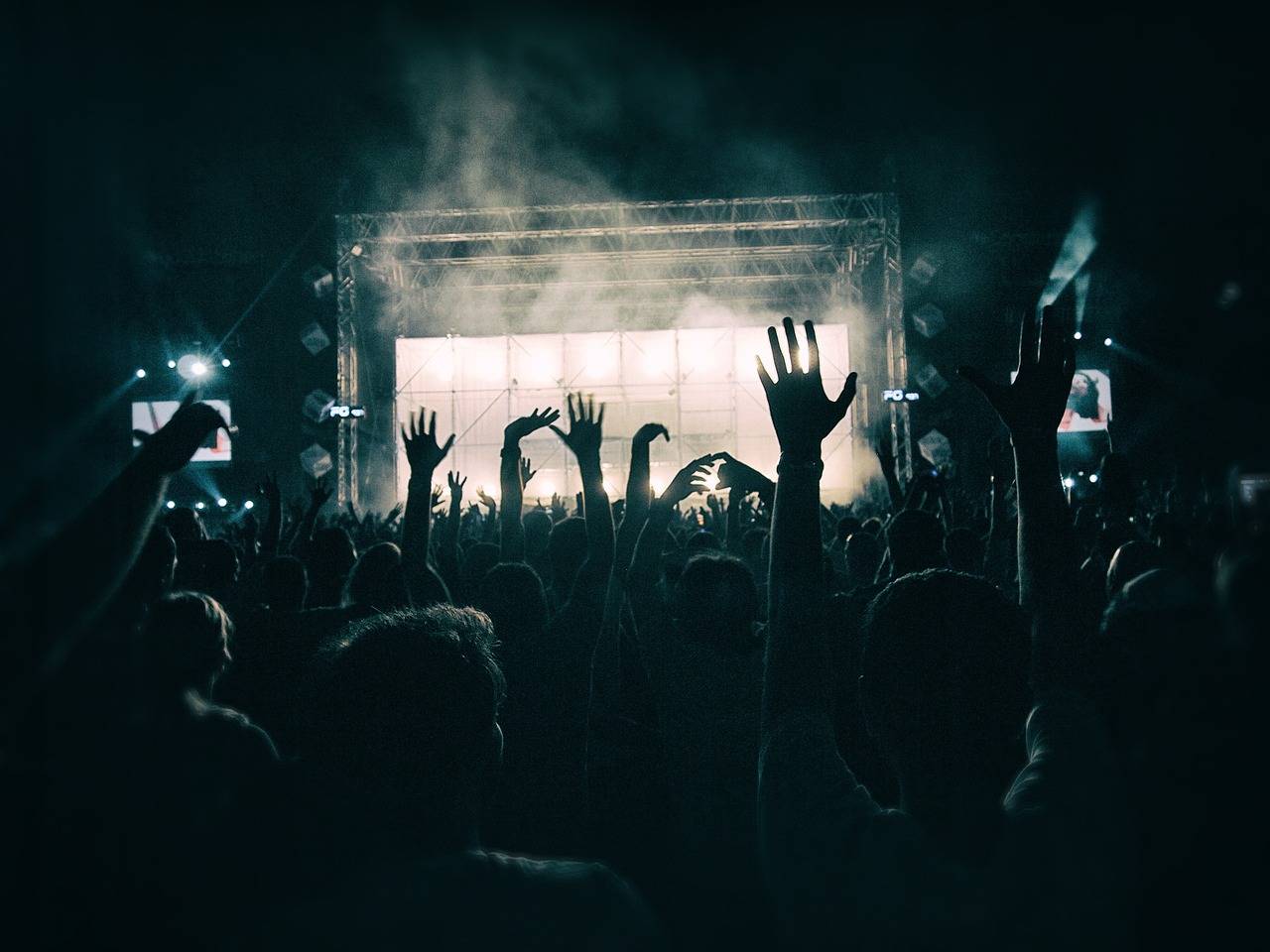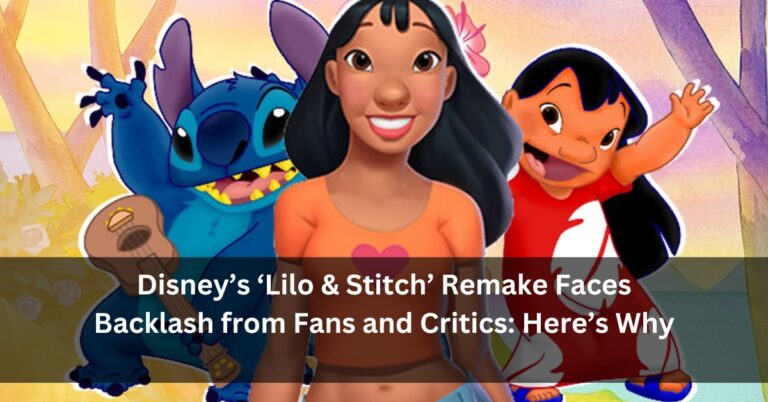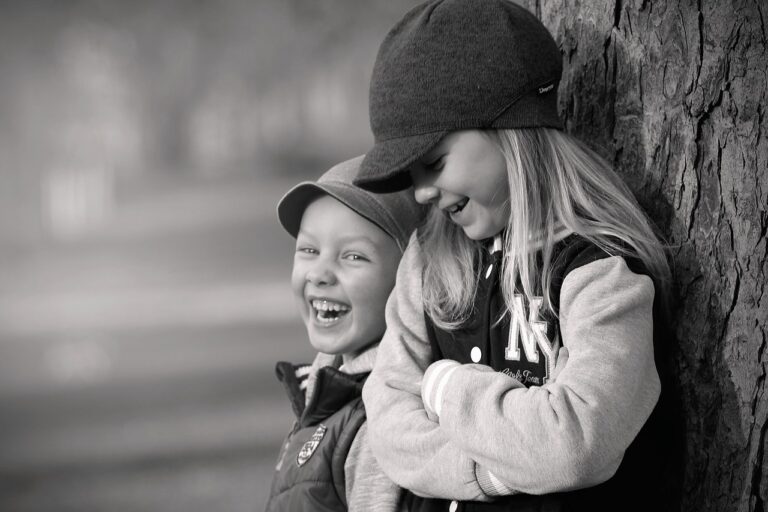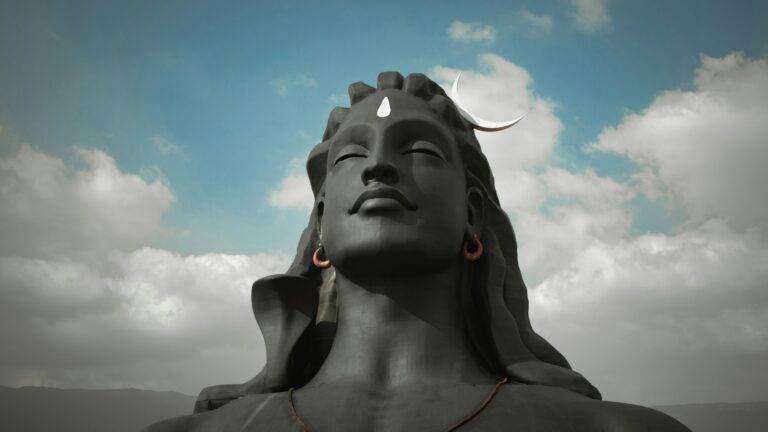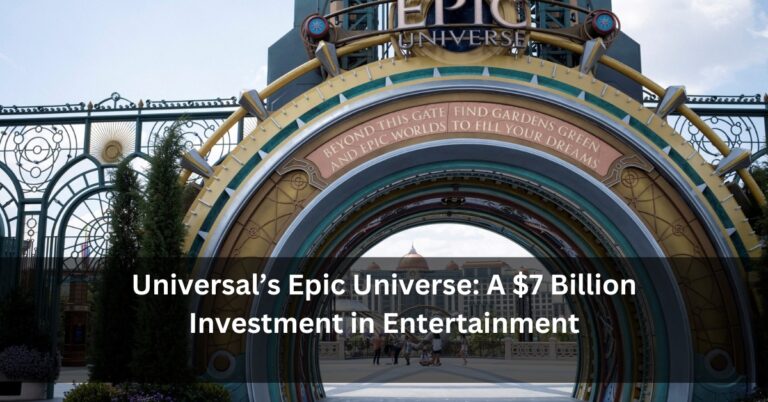Exploring the Cultural Significance of Drag Race and Queer Representation in Reality TV
Drag culture on television can be traced back to the early days of talk shows and variety programs. From the glamorous performances in the ballrooms to the witty banter of drag queens, TV platforms provided a stage for expression and artistry. These appearances helped bring visibility to the LGBTQ+ community and challenged societal norms, paving the way for a more inclusive media landscape.
As drag culture continued to gain recognition, landmark moments like The Queen, a documentary following the 1967 Miss All-America Camp Beauty Pageant, captured the essence and vibrancy of the drag scene. This pivotal film showcased the struggles and triumphs of drag queens, shedding light on their resilience and creativity. Through the lens of television, drag culture began to transcend mere entertainment and emerged as a powerful form of self-expression and empowerment.
The Evolution of Queer Representation in Reality TV
Reality TV has undergone a significant transformation over the years in terms of queer representation. In the early days of reality television, LGBTQ+ individuals were often relegated to stereotypical roles or portrayed as punchlines for comedic effect. However, as society’s views on queer identities evolved, reality TV began to reflect this shift.
Shows like “RuPaul’s Drag Race” have played a pivotal role in this evolution by showcasing diverse and authentic portrayals of queer individuals. By featuring drag queens from various backgrounds and highlighting their talents, struggles, and triumphs, “RuPaul’s Drag Race” has helped to humanize queer experiences and break down harmful stereotypes. This increased visibility and positive representation have not only empowered LGBTQ+ viewers but also educated a wider audience about the richness and diversity of queer culture.
The Impact of Drag Race on Mainstream Media
With its flamboyant performances and unapologetic celebration of diversity, “RuPaul’s Drag Race” has undeniably left a lasting mark on mainstream media. The show has not only brought drag culture into the spotlight but has also challenged societal norms and broadened the representation of LGBTQ+ individuals in the entertainment industry. By showcasing the talent, creativity, and resilience of drag queens, “RuPaul’s Drag Race” has captivated audiences around the globe and sparked important conversations about acceptance and self-expression.
Furthermore, the impact of “RuPaul’s Drag Race” extends beyond the boundaries of reality TV, influencing various sectors of mainstream media. The show’s success has paved the way for more inclusive and diverse storytelling in television, film, and music. The visibility and influence of drag queens from the show have transcended the small screen, with many former contestants becoming influential figures in fashion, beauty, and advocacy. As a cultural phenomenon, “RuPaul’s Drag Race” continues to push boundaries and inspire audiences to embrace their authentic selves.
“RuPaul’s Drag Race” has brought drag culture into the mainstream, challenging societal norms and broadening LGBTQ+ representation in media.
The show showcases the talent, creativity, and resilience of drag queens, captivating global audiences and sparking conversations about acceptance.
Its impact goes beyond reality TV, influencing storytelling in television, film, and music with more inclusive and diverse narratives.
Former contestants have become influential figures in fashion, beauty, and advocacy, extending their visibility beyond the small screen.
As a cultural phenomenon, “RuPaul’s Drag Race” inspires audiences to embrace their authentic selves and push boundaries.
What is the significance of Drag Race in mainstream media?
Drag Race has played a crucial role in increasing visibility and representation of the LGBTQ+ community in mainstream media.
How has Drag Race influenced the entertainment industry?
Drag Race has opened up opportunities for drag performers and members of the LGBTQ+ community to showcase their talents and stories on a global platform.
How has Drag Race changed the landscape of reality TV?
Drag Race has challenged traditional norms of reality TV by celebrating diversity, inclusivity, and self-expression.
Has Drag Race impacted societal attitudes towards drag culture?
Yes, Drag Race has helped to normalize and destigmatize drag culture, leading to greater acceptance and understanding within society.
What are some key milestones in the history of Drag Race?
Some key milestones include the show’s debut in 2009, the expansion of the franchise to include international versions, and the numerous Emmy Awards won by the series.
How has Drag Race influenced the fashion and beauty industries?
Drag Race has become a significant influence in the fashion and beauty industries, setting trends and showcasing innovative and creative styles.
What can we expect to see in the future of Drag Race and mainstream media?
With the continued success and popularity of Drag Race, we can expect to see even greater representation and visibility of the LGBTQ+ community in mainstream media, as well as a continued push for inclusivity and diversity in entertainment.

